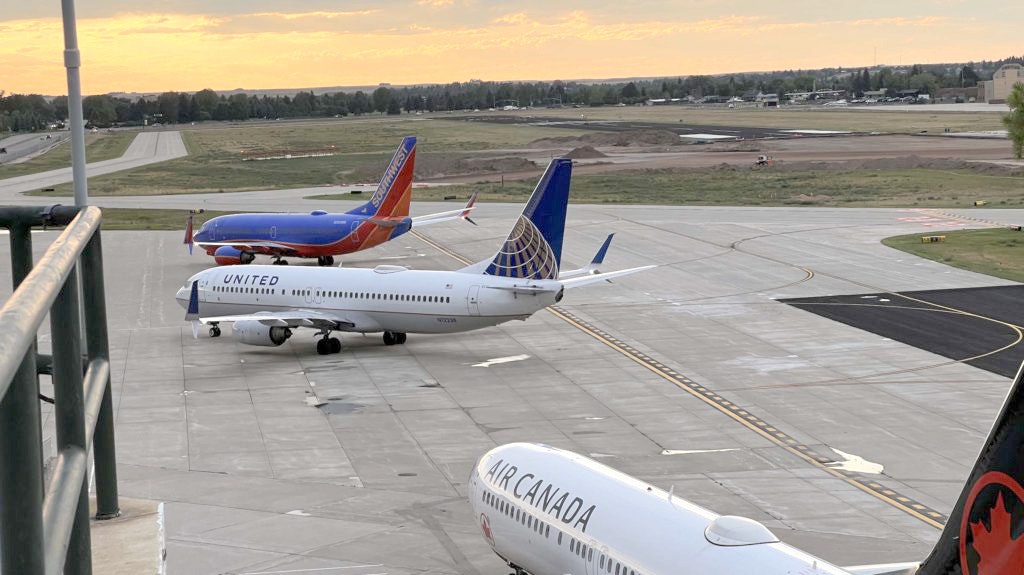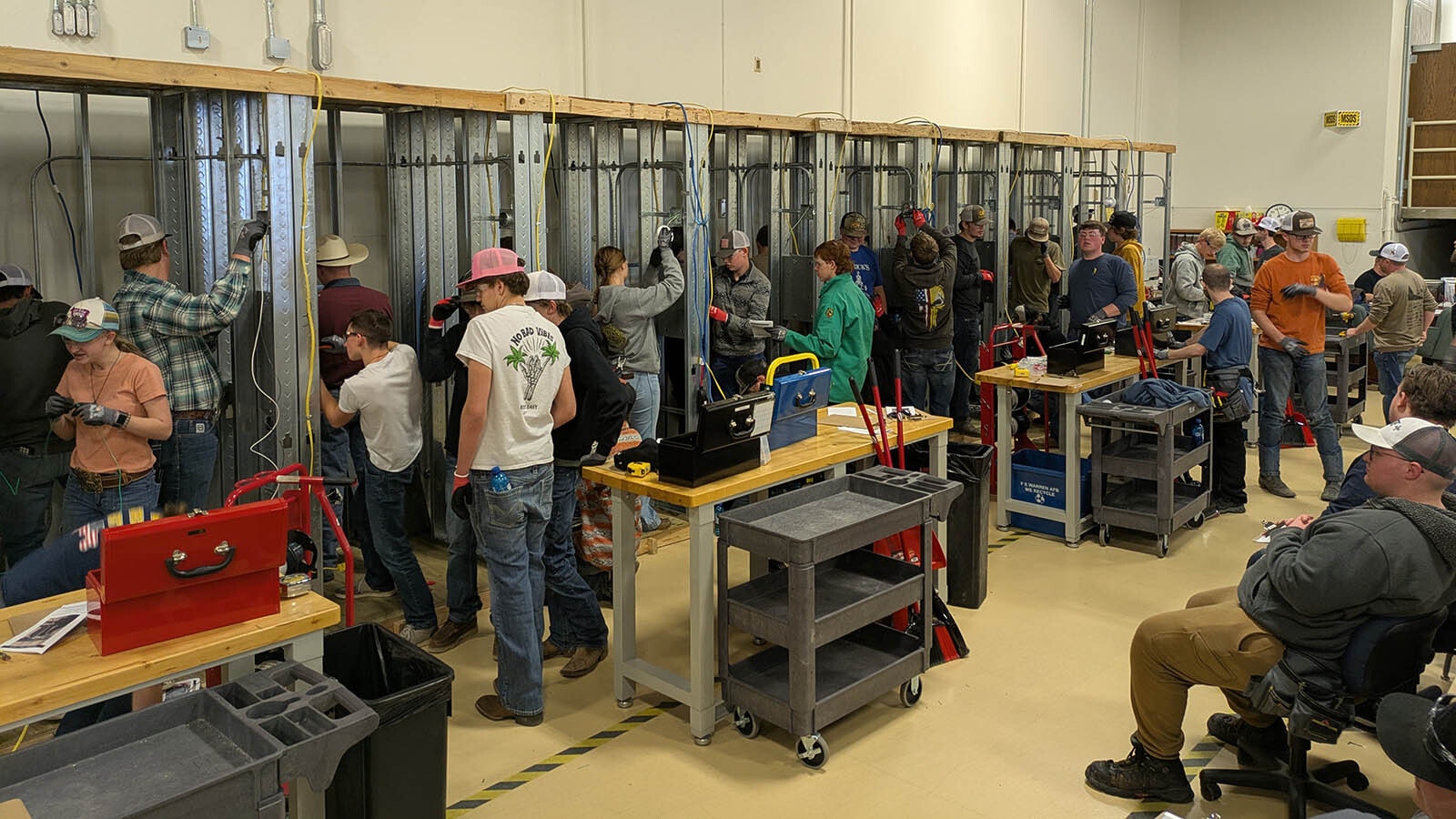Airlines across the nation, including those operating in Wyoming, have had to drop routes because of an ongoing pilot shortage that’s not only bumping up the cost of fares, it’s threatening the continued existence of many regional airports.
One thing that might help alleviate the strain in the short-term is simply raising the age of retirement for pilots.
That’s the thrust behind a bill that’s just been introduced in the Senate by U.S. Sen. Cynthia Lummis, R-Wyoming, and a coalition of five other senators led by Sen. Lindsay Graham, R-South Carolina.
The Let Experienced Pilots Fly Act will raise the mandatory commercial pilot retirement age from 65 to 67, while maintaining existing training, safety and certification requirements to ensure pilot quality is not affected.
“People in Wyoming rely on small rural airports,” Lummis said, “and I constantly hear from folks back home about cancellations and delays plaguing rural air service. This is in part caused by a lack of pilots.”
Reaction To Bill Positive
Allowing existing pilots to fly for an additional two years is bound to help, Cheyenne Regional Airport Manager Tim Bradshaw told Cowboy State Daily.
“I believe this bill is a step in the right direction,” he said. “Men and women in their 60s are still capable of performing at the highest levels, and they certainly have years of experience in the cockpit.”
Bradshaw added that he has many friends who were airline pilots forced to take mandatory retirement well before their proficiency has been affected.
“They were in excellent health and their mental acumen was as strong as ever,” he said. “I applaud Senator Lummis for her effort to address the national pilot shortage.”
Longstanding Crisis
Regional airports have been in jeopardy for quite some time.
The pilot shortage has put further strain on a system that underpins economic development efforts in cities large and small across the Cowboy State.
Sheridan, Gillette and Cody have lost between a quarter and a third of their regional flights, while Rock Springs and Riverton have lost half or more, according to a recent study by the Regional Airline Association.
Even Casper, the Cowboy State’s second most populated city, lost 10% of its flights. Laramie also had a slight decline.
The report suggests Cheyenne is an outlier, but Cheyenne had temporarily halted some flights to make repairs and improvements. Once those flights restarted, there were the same number of flights as before the project began.
Jackson, an international destination, is the only regional airport in Wyoming that has really bucked the trends hurting regional airports across the nation.
The Downward Spiral
With higher labor costs, airlines are motivated to put their pilots in the most lucrative markets, Southwest Wyoming Regional Airport Director Dewan Brubaker has told Cowboy State Daily.
“You know, fuel costs are one thing, but really, the fuel costs can be stomached and worked through,” he said. “But the pilot shortage is impacting the availability of pilots and it’s impacting the cost of pilots.”
That can lead to a downward spiral for regional airports, where passengers opt to drive longer distances to larger airports in search of ticket costs, shorter wait times and fewer layovers, or better flight times.
“We have enough demand to support (more flights),” Brubaker said, referring to what he sees in Sweetwater County.
But for that to happen, it’s going to take an infusion of pilots.
Livelihoods Are At Stake
Many people think of airports only when they are planning a vacation. But one of the first things prospective developers always want to know when locating a facility is whether the target community has a viable airport.
“Commercial air service here in Sweetwater County generates extreme economic impact, and it supports our local industries and supports our medical services,” Brubaker has told Cowboy State Daily. “It supports all of the business here in the community and it contributes to quality of life and quality of place.
“People don’t want to live somewhere that it’s not convenient to be able to travel for leisure to go see family or friends.”
Knowing how vital air service is to economic development and diversity, Wyoming took foresighted steps to prevent its regional airports from closing despite increasingly tight economics. The idea is essentially a minimum capacity purchase agreement, a contract that CRAFT now executes annually.
The idea proved particularly fortuitous when, in 2018, Cheyenne suddenly lost all of its flights, even as it was completing a new multimillion dollar air terminal.
“We had a brand new, $18 million airport terminal under construction in Cheyenne that was going to be opening in November of 2018,” CRAFT President Wendy Volk has told Cowboy State Daily. “And here we were at March 8, months you know, from having a brand new terminal with no air service.”
Now into its fourth year, Volk said the minimum purchase capacity agreement has kept Cheyenne’s airport services going strong.
“We’re up to over 80,000 passengers flying in and out of Cheyenne since CRAFT has been involved in restoring air service,” she said.





